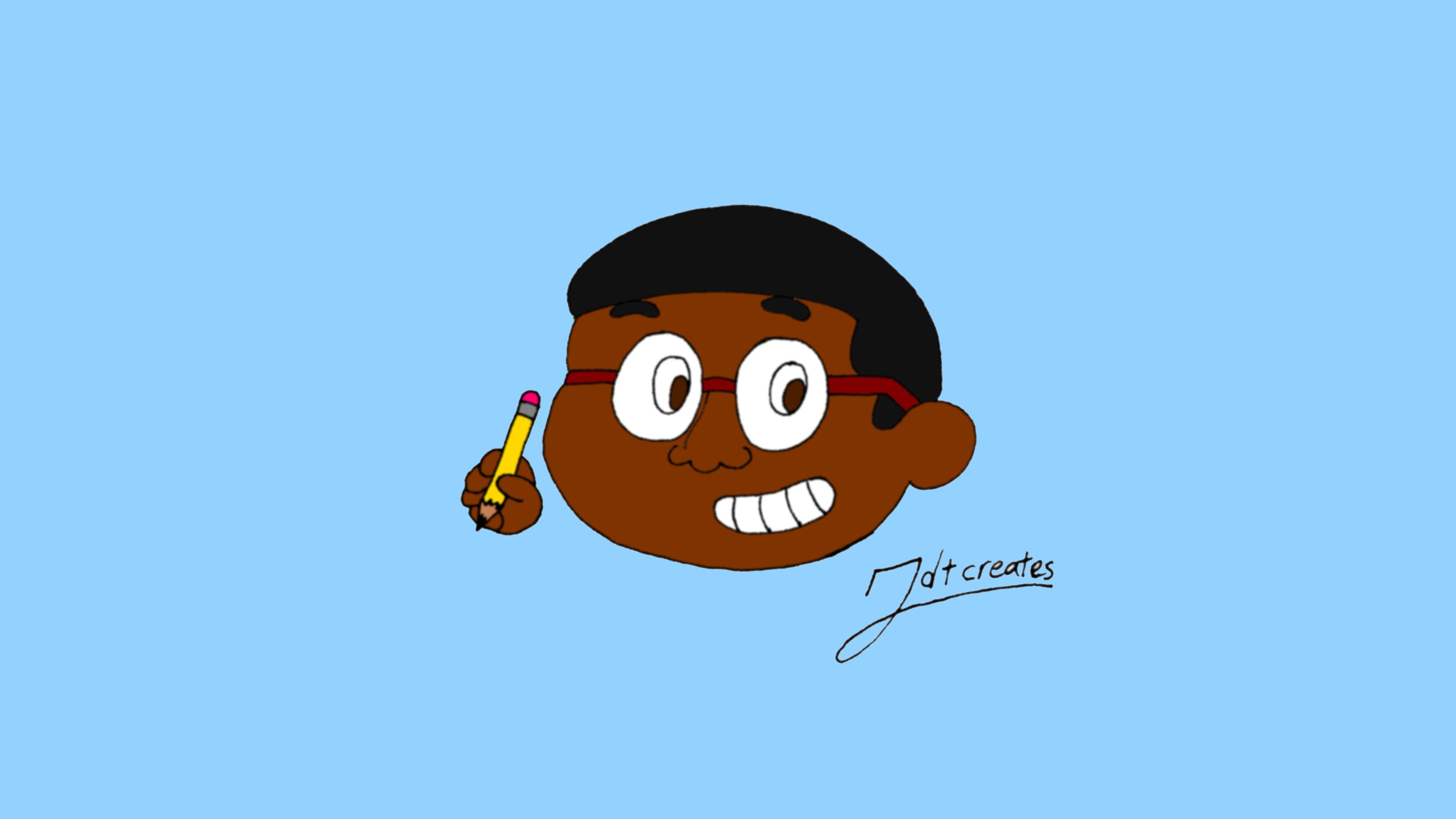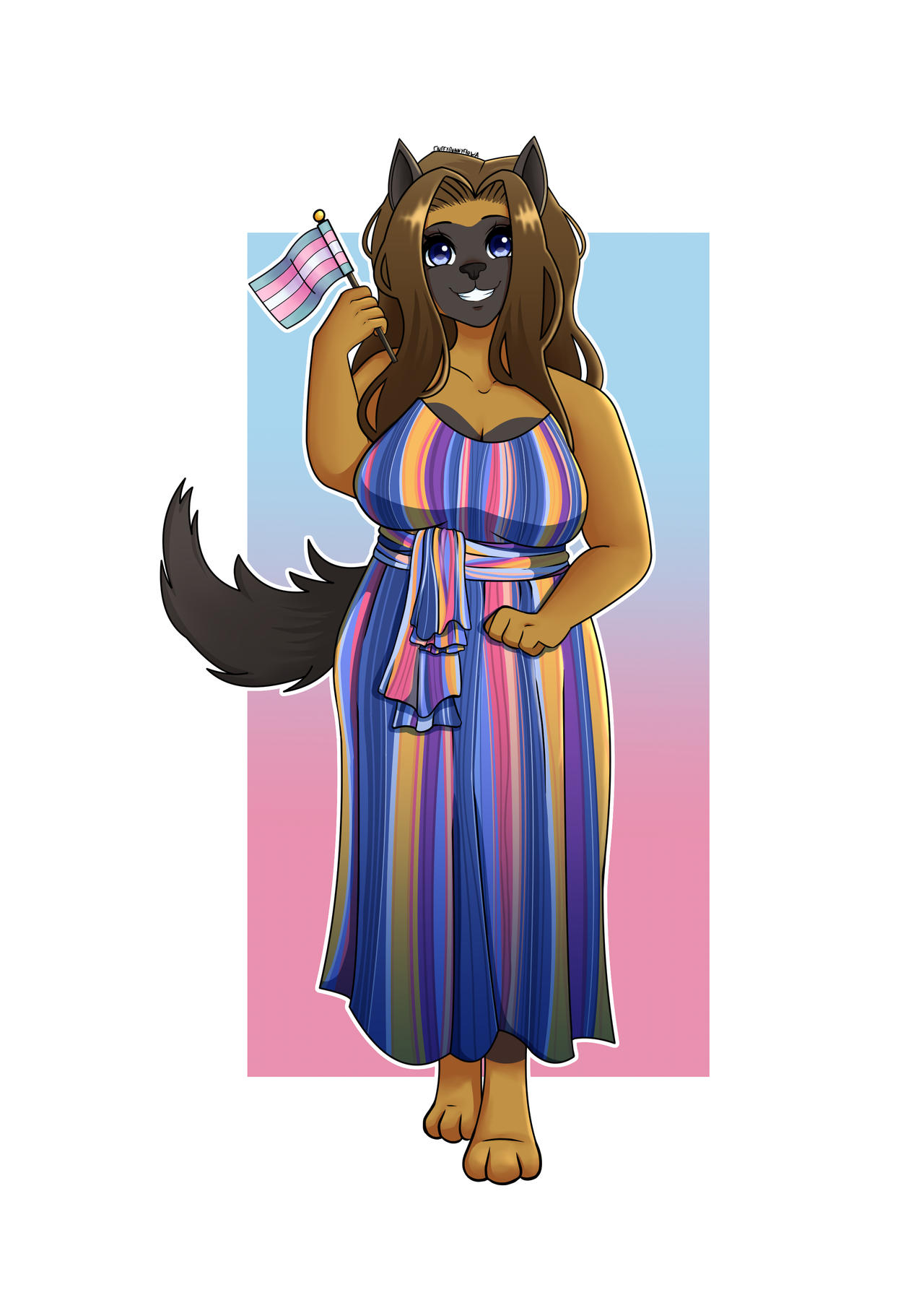Elves
... i knelt before Ayrika in the center of a large area, that was mostly covered in darkness. It was night and onFn here already, and so i knew that beyond the shadows it was still much larger. In this moment all my attention was focused on Ayrika though. I held her battered face and comforted her wounded body. Hamanuq, the chieftain of the Umalaq-Sitha was a capable healer and had done a great job saving her, so i was sure she would survive and heal, but seeing her like this, breath shallow, a red bandage around her belly, i felt rage boiling up in me, and my gnashing teeth showed. Chieftain Hamanuq put his hand on my shoulder. He stood next to me, ironwood sword still drawn, but pointing downward non threatening. We were surrounded by more Sitha warriors and also their Draks, green scaled, wingless dragon creatures that reminded in their posture at dogs, but in their size at horses. One of them was still gnawing on the body of my former comrades... yet after what these "comrades" had done, what they had tried to do to Ayrika and then me, i couldn't care less, and so i granted the beast it's feast. Things were different here anyhow: Nothing goes to waste in the Eternal Forests. One thing Ayrika had taught me. "I thank you for your help, Hamanuq of the Umalaq-Sithai. I know that she is Norn, and that you..." i began "Stop right there, Sulacio. The right of hospitality is sacred, and those who are our guests enjoy the same protection as our own people. Even the Norn. Even the Humans. It is not you who has to thank us... it is us who have to thank you." the chieftain answered, and left me perplexed. "I don't understand..." I answered truthfully. "She is Umalaq-Norn, a daughter of the other tribe that lives on this tree. The tattoo on her shoulder betrays it. They are fewer, but as you witnessed with her, what they lack in numbers, they make up for with determination and battle skill. And if she would have died here... under our watch, the war would have returned to our branches..." "But... Why?" i inquired further, even though, deep inside i knew the answer already. "Greed..." the chieftain answered. "The Umalaq-Sithai... and to some part also the Umalaq-Norn, rule this area. And it is full with things humans desire: Ironwood, Cryst flowers, tameable draks. And if we fight each other..." He didn't have to continue. I understood. "We were just lucky, that you were at her side, when they wanted to strike. They didn't seem to have expected that..." I smiled and it hurt, but i didn't want to tell him about me and Ayrika, and why we were sharing our restplace. For one thing i had the impression that he knew anyway, and for the other, not even my former "teammates" had known what had blossomed between me and the norn scout. "Don't you think they will return?" I asked. "Others might, but they? They are alone, hurt and without guide in Umalaq's deep branches. They won't return, they will die" he answered and knelt down next to me, before continuing: "Lets bring her to the shamans cave. He can bring you a healing, dreamless sleep and also ease her healing meditation by entering it" "Too bad they also took my diary..." i mourned, as the Sitha lifted her onto a transport lie made of ironwood and onauru leaves. "Was it really that important?" the chieftain asked. I started with a nod while i answered: "It was meant to help me write a book once i return from the eternal forests, but now... " My nod froze. I looked at Ayrika, who was safe now, then into Hamanuk's big green eyes, and then at the darkness which hid the surrounding, neverending but everchanging wilderness... "... i don't think i will."
"Father... i must inform you, that i have heard the call. The deep roads are demanding for me..." The old Norn, bent over a large kettle which was emanating a reddish fog, most likely another one of his healing potions or balms, stopped stirring the fluid immediately, startled by the words of his only son Tondak. He had seen many winters, and lost many Norn souls to the darkness beneath, even though, as it is usual with elves, his appearance didn't show this age. He hadn't reached the age of ailment yet, and he had always hoped that his son would take over when he did. "Go to…" he started, but his son interrupted him mid sentence. "I went to the stone of second chances already. This is the second time we have this conversation, father. The stone won't help me anymore…" "We have probably a few weeks… months till it becomes unbearable…. i could try to figure out a cure… I know i tried so often... but there has to be one… If i work tirelessly…" the old norn babbled hectically, but his son again shut him down mid sentence. "There is none and you know. Those who hear the call must go, you know that. I prepared everything. Friends will bind my eyes and lead me to the underdark, so i won't find back so easily. There i will reside until the beasts below slay me, or i turn into draugh and join the armies below. I won't risk our society for a few days and a hopeless endeavor. Prepare some words to warn the others not to follow me. The old norn inhaled, and tears welled up in the turquois giant eyes. He nodded. He knew it was the best and only way. But it was so painful. "What else can i do..." he asked, somewhat rhetorically, but his son answered nevertheless: "I could need a good hug right about now…"
"You must give to the church, what belongs to the church." The tall figure straightened, giving the black haired eadun tax collector a slightly threatening appearance, when his head almost touched the ceiling of the low salesroom. The men behind him, two human guards who still wore their helmets, which made it difficult to make out their features in the halfshadow, didn't appear less threatening either. But people rarely gave the taxes freely. They did so when they were strongly pious, but the man certainly wasn't. In his head the eadun elf made a mental note, that someone should soon take a look at the family, and check if they were worshipping the right gods. The store keeper, a man of middle age, with somewhat thin blond hair, but a build like a blacksmith, grabbed behind the counter and took out a short sword from underneath. "No… what do we get from the church anyway? They bleed us out. And what for? My family needs food before it needs protection… Also... what kind of tax collector are you anyway?. Elvish? The church ought to protect us from your kin!" "I consider this an insult… human... The kingdom of Haven doesn't take it lightly when you scrutinize the legitimacy of eadun citizens. And there is no higher proof of citizenship than working hard to levy taxes. Take him guys, and when you brought him to the brig, make sure the home is searched for forbidden religious tokens. Lets see if we can add heresy to the list of criminal offenses. " The elf squinted his eyes almost mischievously, "...And lets see how good his family gets along, when there is no one feeding them for the next six months…"
Basic Information
Anatomy
Genetics and Reproduction
Growth Rate & Stages
Additional Information
Social Structure
Origin of the three Elf Subspecies
Elves come in three different kinds: The Sitha, the Norn and the Eadun elves. The Norn once were the lower caste of the Elves who lived on the mid levels of the giant world trees, while the Sitha dwelled on the sunny treetops. With less access to sunlight the Norn levels are home to predators which prey on each other for sustenance, and enforce a much more conflictdriven mindset. It was this mindset which drove the norn to interact with the Humans early, while the Sitha tried to avoid contact as much as possible. By nature of this conflict there were two possible strategies to deal with the threat the Humans: Conflict or ally oneself. The answer the different norn elves implemented led to the separation of Norn, which originally chose conflict and the Eadun Elves which chose join the humans.Norn, Sitha and Eadun today
The orginal social structure which gave rise to the distinction between Norn (Onauru for "root") and Sitha (Onauru for "leaf") still exists, but only in the World tree Jungles of the The Evergreen Peninsula and the The Eternal Forests. The term Eadun in these regions describe elves which support humans, and are thus marked as traitors by both groups. Everywhere else the world has mostly adapted the human definition of the different species: Sitha are the elves which try to avoid contact with the humans as much as possible, Norns are the elves which "fight" the humans, and Eadun are the elves that, although they might not all live among the humans, even though many do, still attempt to achieve a peaceful cohabitation on Ardu.This classification, although easy to understand for humans, is however wrong in its indifference or at least incomplete.
Norn
Next to the Norn that want to fight the humans (and which among other Norn form a subgroup at best), there are also those which trade with them. Then there are the Norn, which have founded the Norn Empire Cun Moragh Norn, and which define themselves as Norn simply by being part of it. Common among all norn seems to be the desire for an ethnic and spatial separation from the humans, but paired with an acceptance for the fact, that interaction is inevitable. One could say, that Norn are of all elves the ones who are most ready to stand their ground, and defend their interests against humans. Which in human propaganda comes about as "seeking the fight". It wouldn't be a fight, if the humans behaved... or so the norn claim. Some Norn even live among humans, like the Eadun do, but they claim, that, unlike the Eadun, they haven't "corrupted" their culture to fit in. The threshold as of which these Norn are considered norn still by other norn is fluent. Therefore there can be Norn living among humans who consider themselves Norn, who are considered norn by their eadun neighbors, yet who are considered eadun by all other norn.Eadun
Eadun apply a somewhat softer approach in their attitude towards humans, which quite a norn would consider "demure" or "cowardly". Quite a large fraction of these eadun elves nowadays lives among humans, in human cities even, and follows human traditions and even religions. Nevertheless, there are also those who have settled in the Silverwood, a region which, so the eadun claim, was once given to them by Haven in exchange for the promise of peace. With Cair Emru and Oskis the Silverwood has the only eadun cities. Cair Emru also holds a Worldtree (the Aunathil Worldtree), which is however the last worldtree of the Silverwood. Most eadun have never developed their own language. They either employ dialects of the local norn tongues or speak the human tongue of the region they inhabit. An exception are the "High Elves" of the Silverwood who speak High Elvish. Today Eadun all around the Inner Sea believe the elves to be descendent of "Faeborn", so called "Sidhe Lords", who once came from their Faerealms to Ardu together with their elvish courts and their gelf servants. They wanted to expel the humans, because they didn't understand that Ardu was to become the human world. As a punishment (who punished whom here is often a question of the local religion or folklore) their immortality was taken from them, and the way back to their "Faerealm" was barred. Therefore all Elves now have to die and be reborn until they understand this truth, which is when they will be allowed back after their final death. This belief is known and heavily supported in many human cultures around the inner sea, and found its way even into the teachings of the Church of the Creator, the Faith of the Seven and the Folklore of Culmeria, if it hadn't started there to begin with. As a result many eadun today believe, that the time of elves on Ardu is coming to an end and claim the absence and relative sterility of worldtrees as proof. They are of course heavily opposed by the norn, who call this belief human brainwashing.Sitha
It is for the elusive Sitha for which the human definition works best. Elves who try to avoid humans as much as possible define themselves as Sitha elves (except in Cun Moragh Norn where they are also called Norn, because of their allegiance to the Realm, here they form a political subgroup).Facial characteristics
Geographic Origin and Distribution
Perception and Sensory Capabilities
Civilization and Culture
Major Language Groups and Dialects
Common Norn: also simply called Norn is spoken by Norn elves in the realm of Cun Moragh Norn Caldaven, and all regions east of the Inner Sea. Norn who speak Common Norn sometimes speak Onari (Elvish) still, but refer to their own language as Elvish and to Onari as Onari. Elder Norn: spoken mainly by Norn of The Eternal Forests and the Evergreen Peninsula, yet also in regions south of of the Inner Sea (Eridu, but also Orom) and in the regions between the Inner Sea and the Dragon Stones or the Hammer of Ice (Haven, Culmeria, Aesgard). Very similar to Onari, so much so that many Sitha tribes consider it a dialect. An Elder Norn dialect is spoken by the Sandelves, an eadun subgroup which lives in the Sea of Sand, which call their tongue "Sandsprek". Western Norn spoken by most Norn and Eadun in the regions west of the Dragon Stones and the Hammer of Ice, yet not on the Evergreen Peninsula, where the Norn still speak a version of Elder Norn or Onari . Norn who speak Western Norn sometimes still speak Onari, especially in Weyland, as do the Eadun of this reagion. Both Norn and eadun refer to Western Norn as elvish, and to Onari as Old elvish or South elvish. High Elvish A language derived in isolation from Elder Norn. Also known as Eadun despite only being spoken by a minortity of Eadun, namely those who live in the Silverwood, the northern parts of the Cityleague of Eridu and Haven, while other Eadun (if they speak elvish still) speak Norn in any of its local expressions. Most Eadun who speak High Elvish also speak broken Onari(Elvish) still, due to the resemblence of Onari and Elder Norn.









I enjoyed envisioning the various range of elven subgroups that fill your world. The way they procreate is also fascinating! Do your Drow have an origin story as well?
Hello Sai, they have sort of. It centers around being freed from useless moralities by the Plague. They also do believe it was the humans who brought the Plague to Ardu. They consider themselves better than any other race and the ones naturally inclined to be the rulers by the ruthlesness that was bestowed on them by becoming drow. It is a work in progress though as i am focussing on PC Races in the moment and am working on Humans at the moment. I am happy you liked the rest!